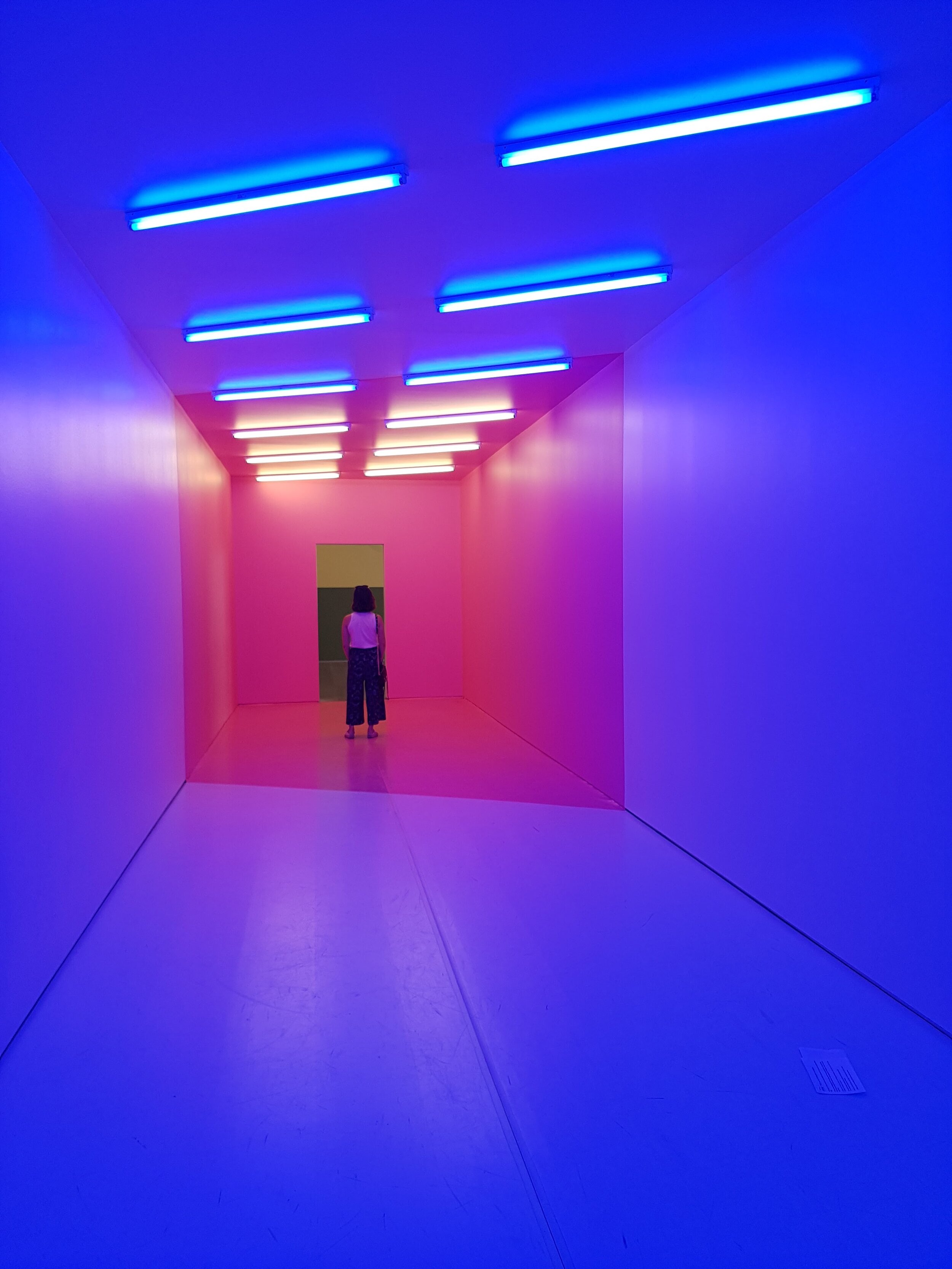This n' That: Yesterday, Today, and Tomorrow
©David Clode on Unsplash.
Justin Mott photo-documents the last of the northern white rhinos
Justin Mott, a photojournalist, captures human relationships and endangered wildlife. While Mott’s pictures show the last two white rhinos—Najin and Fatu—and their intimate connection to their caretaker, these pictures shed a light on a stark reality not readily observable to those who are not frontline combatants on the war against poaching. Poachers are agents of human-induced climate change.
The imminent extinction of the Northern White Rhinos is a direct cause of poaching. The practice of poaching disrupts ecosystems that serve to stabilize biodiversity. Therefore, the death of Sudan, the last male Northern White Rhino, is a loss to us all. His lineage—Najin, his daughter and Fatu, his granddaughter—is all we have left.
Najin and Fatu’s home is now the Ol Pejeta Conservancy where they are cared for by volunteers who knowingly serve at risk of being attacked by poachers in order to save and care for Najin, Fatu, and other endangered animals.
Mott, alongside the rhino caretakers at the conservancy, fight to keep endangered species alive. His self-funded project Kindred Guardians highlights stories by individuals making a difference by helping safeguard threatened species. To read these stories, click here. And to stay informed about Ol Pejeta’s efforts and help Najin and Fatu, click here.
Rebeccah Blum from her website, The Wordsmith.
Alison Jacques calls on the art world to disenfranchise Saul Fletcher
Alison Jacques, a London gallerist, ended her eight year work relationship with photographer Saul Fletcher. Fletcher is in the spotlight for having murdered his wife, curator Rebeccah Blum.
Although Jacques considered Fletcher to be a personal friend, her message is simple: should Fletcher go down in art history, the whole story, the right one, needs to be told for Rebeccah.
But she takes a stance not only for Rebeccah Blum, but for all victims of domestic violence—between the 960,000 to 3,000,000 reported cases and the many more that go unreported.
In Jacques' Instagram post, she states, “Remember Rebeccah for her incredible independence and dedicated work ethic, for her beautiful smile and utmost kindness and empathy. She was a talented professional who had so much more to give and achieve, and so many more lives yet to touch.”
To read the full post click, @alisonjacquesgallery.
Encounter c. 1971 by Luchita Hurtado from Tana Jean Welch’s website.
Luchita Hurtado dead at 99
Luchita Hurtado’s death was confirmed on August 21, 2020. The Venezuelan-American artist inspired some of the most renown artists of the 20th century such as Marcel Duchamp, Frida Kahlo, Diego Rivera, and many more.
Hurtado explored the themes of female sexuality, sublime nature, motherhood, and spirituality interconnected with the natural environment.
To add, Hurtado’s artwork sought to reconcile humans' relationship to the natural world. And she passionately and openly spoke on the issue of human-induced climate change.
Although Hurtado remained in the shadows of the art world for most of her life, her first book I Live I Die I Will Be Reborn, published in 2019, showed decades of surrealist paintings, drawings, photographs, and prints, leaving us with her playfulness, bright creativity, and message of unity.
pink-blue, 2017 by Kapwani Kiwanga ©Tania Castillo-Pelayo’s Instagram.
Kapwani Kiwanga is a nominee for the Prix Marcel DuChamp
Kapwait Kiwanga, a Canadian artist, works very carefully to unearth buried and long forgotten histories. The subjects of her artwork include places such as Rwanda, Tanzania, or the U.S. commonwealth of Virginia. Her works, which come in various forms including span film, audio, sculpture, and installation, are not done without a thorough investigation of history as we think we know it—what are some of the holes in our story? The story less told? Why don’t we tell it? Kiwanga practices a more ethical approach to history.
As of now, Kiwanga’s solo show entitled Witte de With in Rotterdam will open in September. The artist’s work will also be displayed at the Centre Pompidou.
Kiwanga is one of four nominees for the Prix Marcel DuChamp.











